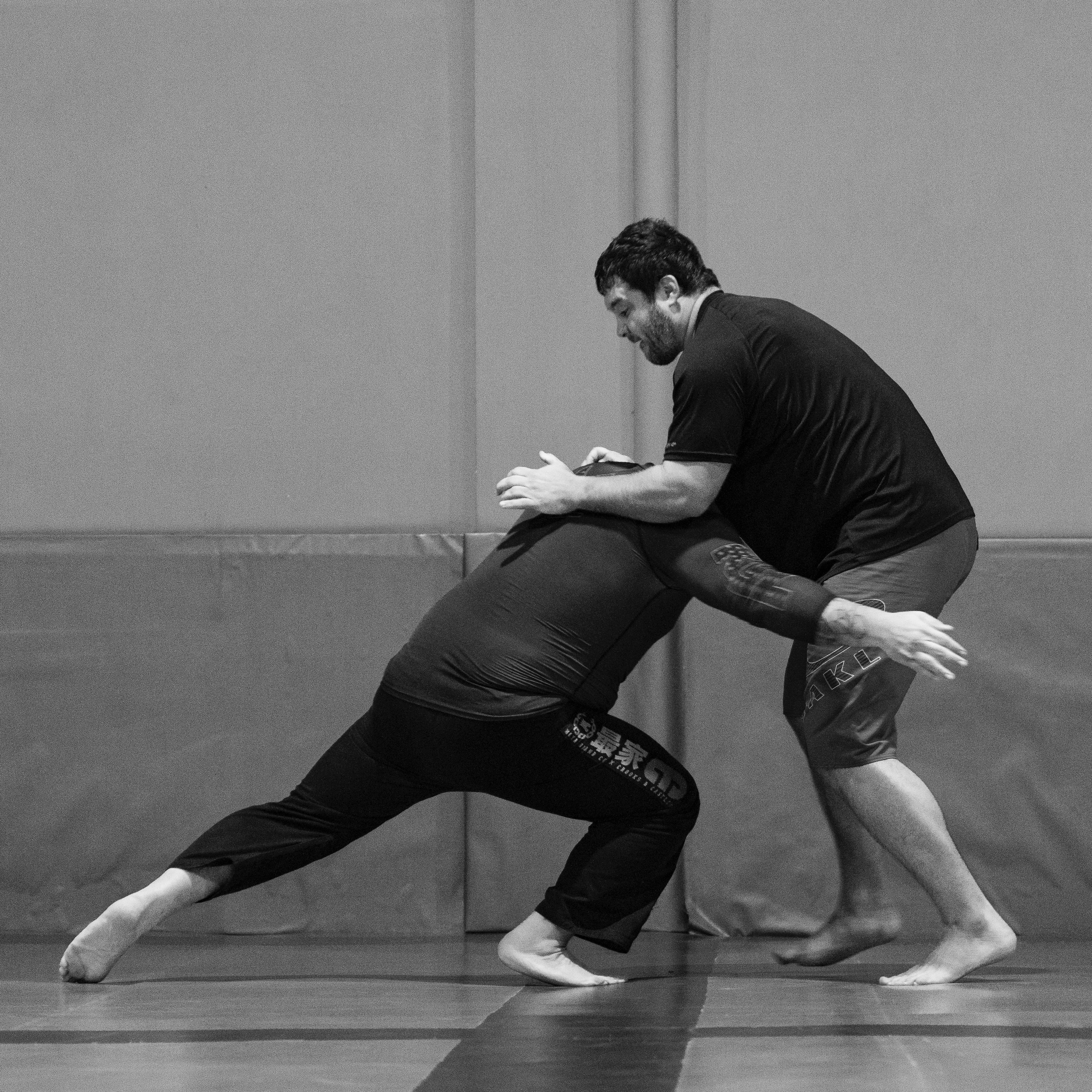Rhythm & Resistance: Amplify Your Workout with Music Theory
Imagine entering the gym, energy buzzing, ready to conquer a grueling HIIT session or tone your muscles with strength training. Now picture that rhythm cast by upbeat tracks syncing perfectly with your movement—a seamless fusion igniting motivation and enhancing performance. Integrating music theory into workout routines doesn’t simply elevate your exercises; it transforms them, weaving a tapestry of sound that amplifies satisfaction and effectiveness.
In this article, we'll explore how music theory can redefine your fitness experience, allowing you to tap into a rhythmic resistance that not only boosts your performance but makes your workout more satisfying. We'll dive into practical ways to merge these elements, enriching your physical and emotional journey in pursuit of fitness.
The Science Behind Music and Movement
At the intersection of fitness and music lies an intriguing body of research pointing to the profound impact of sound on physical performance. A study published in the Journal of Sports Sciences reveals that music—particularly strong beats—contributes to improved physical endurance and overall workout intensity. The underlying psychological mechanisms include reduced perception of effort, heightened arousal levels, and increased motivation.
When you listen to music while working out, your brain releases dopamine, the feel-good hormone. This interplay between sound and movement can make each session not just bearable but exhilarating. Understanding the principles of music theory can help you craft personal playlists that enhance your workout routines.
Rhythm and Its Role in Workout Dynamics
Rhythm, as a critical element of music, influences our movements. In a workout context, synchronized activities like spinning, running, or even weight lifting can benefit from a well-curated soundtrack. Research suggests that music tempo should match the workout's pace. For instance, a faster tempo can elevate heart rates and energize movements, while slower tunes can create the ideal backdrop for intense stretching or cooldown.
You might wonder, “How can I formulate a playlist that enhances my workouts?” One effective approach is to choose tracks that resonate with your personal style but maintain varying tempos to align with different segments. Consider using tools such as the BPM analyzer to better understand the beats per minute of your selected songs.
For a deeper look into harnessing sound in workouts, check out our guideline on using soundscapes for strength training.
Creating Your Perfect Workout Playlist
Selecting the right songs is crucial for an effective workout experience. Here’s how to curate a playlist that seamlessly aligns with your fitness objectives:
-
Kickstart with High-Energy Tracks: Begin your session with upbeat songs that pump you up. Think of tracks like "Eye of the Tiger" or modern hits that make you want to move.
-
Moderate Tempo for Steady-State Workouts: For longer endurance sessions, choose tracks with moderate tempos (around 120-140 BPM). This will guide your breathing and movement pacing.
-
Consider Sound Dynamics: Soft, melodic tunes can be perfect during cooldown phases or stretches. They allow for recovery while maintaining a connection to the workout routine.
-
Embrace Diversity: Switch it up occasionally to avoid monotony. Incorporating a mix of genres can keep your enthusiasm at peak levels—classical for yoga, hip-hop for strength training, or electronic for cardio.
-
Be Mindful of Lyrics: If lyrics distract you, opt for instrumental tracks or vocalists whose lyrics inspire rather than detract from your focus.
The Emotional Connection: Music's Influence on Motivation
Beyond its physical implications, music serves a pivotal role in shaping emotional experiences during workouts. Many athletes and fitness enthusiasts find that specific songs evoke powerful memories or feelings of triumph, translating directly into higher intensity and enjoyment levels. Harnessing this emotional connection can ignite commitment, transforming workouts into anchor points of resilience and growth.
Take running, for example. Athletes often report that particular songs propel them forward, motivating them to push past their limits. Creating personalized lyric-driven segments in your playlists can reinforce your journey—those songs that remind you of past victories or future aspirations serve to bolster motivation when the going gets tough.
Integrating Applied Music Theory into Fitness Routines
Music theory isn't solely about creating playlists; it's also a strategy for aligning exercises with the musical elements of rhythm, tempo, and harmony. Here are some ways to apply this theoretical framework:
Understanding Tempo and Exercise
As mentioned, the tempo of music significantly impacts your workout. Here’s how to leverage it effectively:
-
Upbeat Tunes for High-Intensity Intervals: Use tracks with quick tempos (180 BPM+) for HIIT routines, allowing you to match your energy with the music's pace as you switch between work intervals and short breaks.
-
Warm-Up with Gradual Crescendos: During warm-ups, select tracks that build in intensity, giving you a psychological boost as you transition into heavier lifting or more intense cardio.
Aligning Movement to Different Genres
Engage with the idea that various music genres embody different energies and rhythms.
-
Pop or Rock for Strength Training: These genres often provide empowering lyrics and heart-pounding beats that can elevate spirits while lifting heavy weights.
-
Jazz or Classical for Flexibility Workouts: These styles may offer a more fluid experience, perfect for yoga or Pilates sessions where you seek connection and breath.
While developing a limitless range of sub-genres may improve your workout, the key lies in knowing what resonates with you both in terms of genre and personal energy.
Exploring the Fusion of Dance and Resistance Training
The uprising of combining dance and resistance-based workouts isn't just a trend; it’s a revolutionary shift in how we perceive fitness. Incorporating dance elements into your workout can add layers of rhythm and fun, breaking the monotony of traditional fitness routines.
Dance Workouts: A Gateway to Joy
Dance-based workouts like Zumba, hip-hop aerobics, or even barre are fun, high-energy alternatives that maintain the body’s movement while working against resistance. The synchronization of movement with music promotes not only a full-body workout but also an emotional release, proving to be a compelling and joyful approach to fitness.
Practical Integration of Dance Techniques
How can you blend dance elements with traditional workouts for maximum effect? Here are a few strategies:
-
Interval Dance Breaks: Schedule short dance intervals between resistance exercises. This boosts your heart rate, improves endurance, and adds enjoyment to your workout routine.
-
Conditioning through Dance Styles: Explore various dance styles (like Salsa or Contemporary) to engage different muscle groups while resisting momentum through dance techniques.
For more detailed workouts that integrate creative movement, explore our post on fusing fitness with creative movements.
Sound Frequencies and Body Resistance
Explore the concept of sound frequencies and their potential benefits for workout routines. Many studies suggest that certain sounds can influence physical performance. Experiment with binaural beats or sound frequency techniques to stimulate muscle activation.
Practical Application of Sound Frequencies
Want to amplify your strength? Try integrating sound frequencies during specific muscle activation training. For example:
-
Low Frequencies (below 100 Hz) can aid in heavy lifting and strength training, allowing you to connect with the ground and stabilize core muscles.
-
Higher Frequencies (between 120-160 Hz) seem to energize and awaken diverse muscle groups, enhancing agility and quickness for endurance exercises.
No longer just a backdrop, music is a profound companion in any workout. Yet, it requires thoughtful integration into your fitness journey to realize significant enhancements in performance and satisfaction.
Final Thoughts: Transforming Your Workout with Music Theory
Leveraging music theory to deepen your fitness experience creates a sense of rhythm and resistance that fuels motivation and performance. By combining elements of sound with movement and emotional connections, you position yourself for a successful fitness journey that is as rewarding as it is invigorating.
Whether you’re running, weightlifting, or dancing, don’t underestimate the power of music in amplifying your workout sessions. Embrace the rhythmic resistance and empower your path to fitness, ensuring every session is infused with energy and joy.
For guidelines on maximally optimizing your workout through innovative routines, check out our article on biofeedback fitness strategies.
Start forging your unique path now, and remember: the soundtrack to your sweat is waiting to be crafted. Your greatest workout may just be a playlist away!















